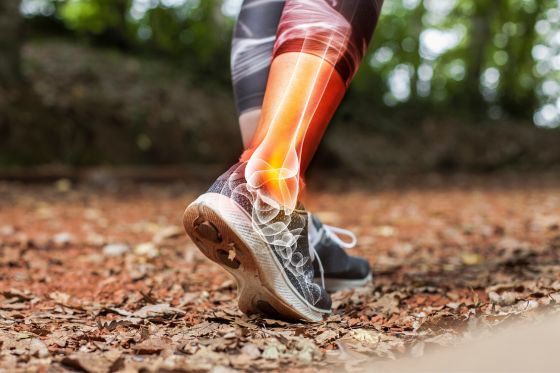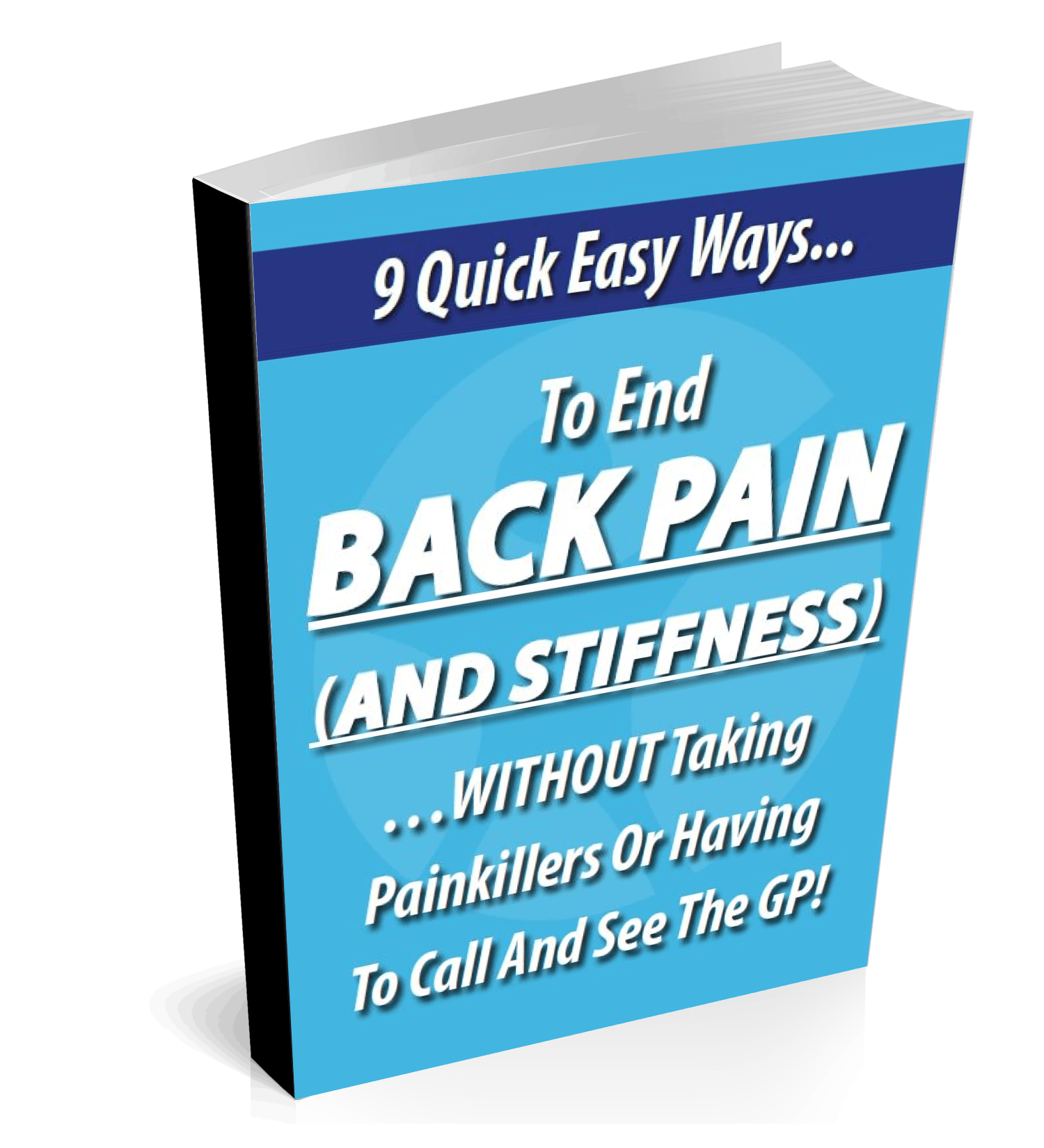As the vibrant days of spring call us outdoors, the allure of hitting the pavement for a rejuvenating run becomes irresistible.
However, for many runners, the dream of increasing mileage and enjoying the ‘spring in your step’ is often dampened by recurring foot and ankle pain.
It’s a frustrating cycle that can leave even the most dedicated runners feeling disheartened and sidelined from their favorite activity.
But fear not, because armed with the right knowledge and strategies, you can bid farewell to foot and ankle pain and reclaim the joy of running this season.
Understanding Foot and Ankle Injuries
Foot and ankle injuries can arise from various factors, including overuse, improper footwear, biomechanical issues, and structural abnormalities.
These injuries not only cause physical discomfort but can also impact our mental and emotional well-being, limiting our ability to engage in activities we love and disrupting our daily routines.
From common conditions like plantar fasciitis and Achilles tendonitis to more serious issues like stress fractures and ligament sprains, foot, and ankle injuries can significantly hinder our mobility and quality of life if left untreated.
5 PROVEN Tips To Avoid Foot and Ankle Pain
Proper Footwear Selection
Choosing the right running shoes is paramount to preventing foot and ankle injuries.
It’s not just about finding a stylish pair; it’s about finding shoes that cater to your specific needs.
Visit a specialty running store where experts can assess your foot type, running gait, and any biomechanical issues.
Factors like arch support, heel-to-toe drop, and shoe width are crucial in ensuring proper alignment and reducing the risk of discomfort and injury.
Additionally, consider investing in orthotic inserts or custom-made insoles for added support and stability.
Gradual Mileage Increase
While the thrill of increasing mileage can be enticing, it’s essential to do so gradually to avoid overloading your feet and ankles.
Rapid mileage increases put undue stress on your musculoskeletal system, increasing the risk of overuse injuries like plantar fasciitis and stress fractures.
Instead, adhere to the 10% rule: limit mileage increases to no more than 10% per week.
This gradual approach allows your body time to adapt and build strength, reducing the likelihood of injury.
Listen to your body’s cues and be prepared to adjust your training plan accordingly to avoid pushing beyond your limits.
Incorporate Strength and Stability Exercises
Building strength and stability in the muscles surrounding the feet and ankles is crucial for injury prevention.
Include a variety of exercises in your routine to target different muscle groups, such as calf raises, toe curls, ankle circles, and resistance band exercises.
Strengthening these muscles helps improve balance, proprioception, and joint stability, reducing the risk of common running injuries.
Additionally, incorporate balance and coordination drills to enhance neuromuscular control and prevent ankle sprains.
Consistency is key, so aim to incorporate these exercises into your routine at least two to three times per week.
Prioritize Proper Warm-Up and Cool-Down
A comprehensive warm-up and cool-down routine can make all the difference in preventing foot and ankle injuries.
Start your pre-run warm-up with dynamic stretches and mobility exercises to increase blood flow, loosen tight muscles, and prepare your body for the demands of running.
Focus on targeting key areas like the calves, Achilles tendon, and plantar fascia to enhance flexibility and reduce strain during your run.
After your run, dedicate time to a thorough cool-down with static stretches and foam rolling to alleviate muscle tension, promote circulation, and aid in recovery.
Incorporating these routines into your pre- and post-run rituals can help minimize the risk of injury and optimize performance.
Listen to Your Body
Above all, listen to your body and respect its limits.
Pay attention to any signs of pain, discomfort, or fatigue during your runs, as these are often early warning signs of potential injury.
Ignoring these signals and pushing through pain can lead to further damage and prolong recovery time.
If you experience persistent or worsening symptoms, don’t hesitate to seek professional guidance from a physical therapist or healthcare provider.
They can conduct a thorough assessment, identify underlying issues, and prescribe targeted interventions to address your needs.
Remember, prioritizing your health and well-being is paramount to enjoying a lifetime of injury-free running.
By implementing these five proven tips into your running routine, you can safeguard your feet and ankles against pain and injury, allowing you to fully embrace the ‘spring in your step’ and enjoy a season of injury-free running.
Understanding the problem is just the beginning – finding the right solutions is key to long-term relief.
That’s why we’re excited to offer you a $39 Foot and Ankle Pain Assessment, tailored to address your concerns highlighted in our blog.
Whether your foot and ankle pain is caused by overuse, improper footwear, or other factors, our expert team is here to provide personalized guidance and support.
We’re giving you another offer to help you put the ‘spring in your step’: Spring in Your Step Foot and Ankle Assessment – $39 valued at $150 – only 3 still available!
Perfect for those looking to invest in their foot and ankle health and enjoy pain-free activities all season long.
Ready to make 2024 your year of pain-free movement?
Don’t let foot and ankle pain hold you back any longer.
Secure your spot today by calling us at (316) 558-8808 or clicking here.
More Free Information For Foot and Ankle Injuries
Subscribe to Our YouTube Channel – Bodyworx Physical Therapy YouTube Channel
Follow Us On Social Media – Bodyworx Physical Therapy Facebook



